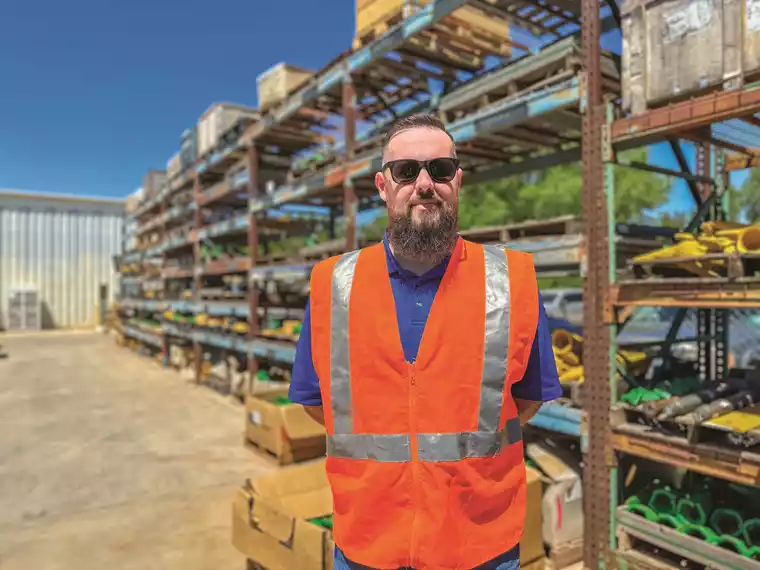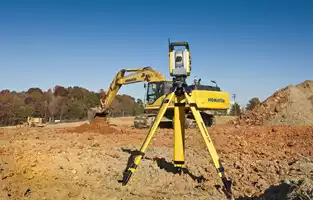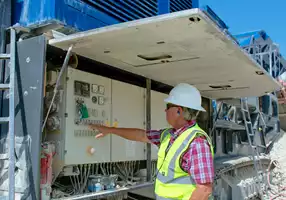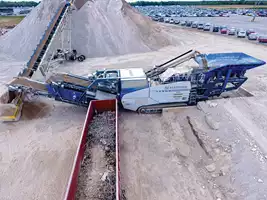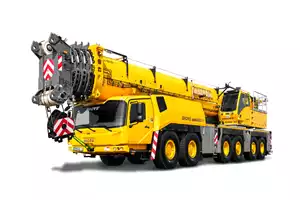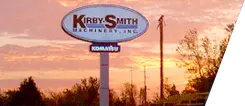A pre-operation inspection is a simple way to ensure your machinery continues to perform at a high level of productivity. It could also save you significantly in repair costs and unneeded downtime.
“Whatever machine you have, there’s always items you should check before you start it,” said Karl Kumpf, Product Support Sales Representative (PSSR) at Kirby-Smith Machinery Inc.’s (KSM) Dallas branch. “When a customer gets a new machine delivered, I show up and meet with the site foreman and any operators who may use it. I show them a checklist that I have with all the points on the machine that they should be paying attention to and checking before turning the key.”
Kumpf’s checklist includes several key items that should be done at the beginning of your shift and periodically throughout it, starting with looking for any visible damage.
“Machines are in the dirt and all kinds of weather conditions, and sometimes damage just happens no matter how careful you are,” said Kumpf. “If you see something, address it right away and determine if it’s something that requires the machine to be taken out of service. A dented panel is likely okay, and you can keep operating until you get a new one. A leaking hose or a broken belt should be taken care of before you ever operate that piece of equipment. Running it could make the damage worse or lead to additional damage that could be very costly. It’s much less expensive and time-consuming to fix something small.”
It’s critical to check fluid levels, including engine oil, hydraulic fluids and coolant. In general, engine oil is checked with a dipstick in the engine compartment, hydraulic fluids using a site glass, and coolant in the coolant overflow tank. Plus, make sure all grease points are properly lubricated.
“If any of those items are low, be sure to add some before operating and as needed,” said Kumpf. “It’s good practice to always keep those items handy and readily available, both at the job site and in the shop. Be sure to store them correctly. You can always contact your PSSR, use your My Komatsu account, or call the local Kirby-Smith branch to order some.”
Check the GET
In addition to the machine, it’s essential to check ground engaging tools (GET) such as cutting edges and bucket teeth, according to Kumpf.
“Don’t overlook them,” Kumpf stated. “If those are loose or worn, you have to get them taken care of because they affect performance and productivity. As with fluids and lubricants, keep replacements on hand. Our stores stock a sizable inventory of those items, so they are readily available.”



